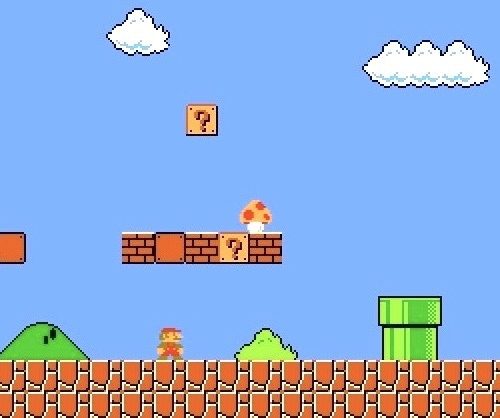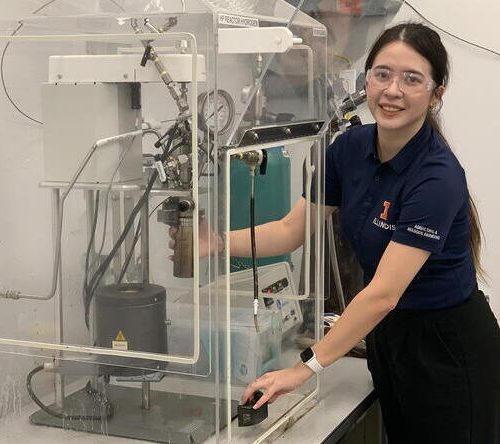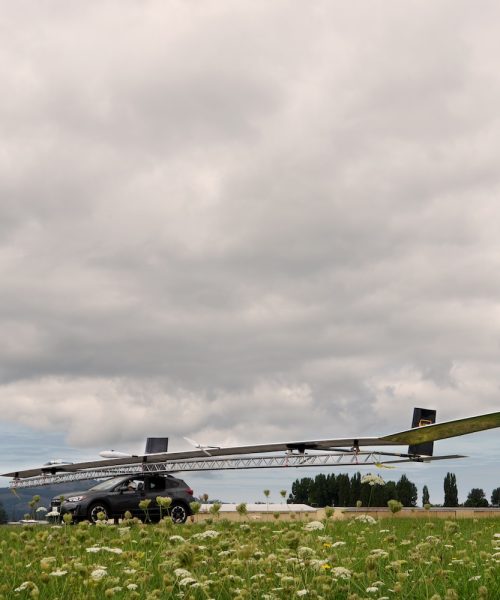It happens more and more frequently. You’re in bed, doom-scrolling through social media (just a few more TikToks!) and you happen upon a fantastic video—a massive leopard leaping into a backyard, where a shockingly courageous house cat scares the predator away from an innocent toddler. You’re about to send it to a friend, but then doubt creeps in at the last moment. Is it real?
Some videos generated by artificial intelligence are so realistic that it’s almost impossible to tell them apart from actual footage. While it might seem like an innocent enough prank, scientists are sounding the alarm about the potential implications for conservation efforts and children’s relationship with nature.
In a Conservation Biology study, a team of researchers investigated the virality and potentially problematic nature of AI-generated photos and videos of wild animals on social media. They found three main issues—misperceptions of animal behavior, anthropomorphizing (applying human qualities to animals), and increasing detachment between society and nature.
“Our findings indicate that some posts are concerning because they do not reflect reality, which can contribute to misinformation. For effective biodiversity conservation, it is essential that society is well informed,” José Guerrero Casado, co-author of the study and a zoologist at Spain’s University of Córdoba, tells Popular Science.
He points to videos of bird parents killing “evil” snakes. “Some users comment in favour of this outcome, but what implications does this have for snake conservation? If public resources are directed towards snake conservation, but there is insufficient public support, efforts may be undermined,” he adds.
Such videos can also provide false impressions about the abundance of vulnerable species, further widening the already present disconnect between humans and wildlife, according to a University of Córdoba statement about the study. Along these same lines, these videos might also give young children false expectations about their local wildlife and realistic interaction with wild animals.
In other words, when they realize that the bunnies in their backyard are not going to have a wonderful time jumping on the trampoline with a blackbear, “it has the opposite effect in terms of connection,” Rocío Serrano, another co-author and a researcher at the University of Cordoba’s department of education.
What makes matters worse is people’s—particularly young people’s—increased use of social media as a source of information. Plus, false depictions of friendly exotic animals makes more people want to have them as pets.
More broadly as far as animals are concerned, the team suggests counteracting the potential harm propagated by these videos with strategies such as increased media literacy and environmental education in school, “ensuring that children understand from an early age that there are no lions here,” Francisco Sánchez, co-author of the study and a researcher at the University of Cordoba’s zoology department, concludes.
Moral of the story, be mindful of the content you’re engaging with. While some AI videos might be easier to suspect, you should always watch out for video quality and length, bad text, strange looking hands. Others still might be harder to identify.
“AI-generated wildlife videos can look convincing, but there are some telltale signs,” University of Buffalo computer engineer Siwei Lyu tells Popular Science. “Watch for unnatural movements—animals may move too smoothly or in ways that defy physics. Lighting inconsistencies are another clue: shadows and reflections often don’t match the environment. Finally, look closely at fine details like fur or feathers; AI models sometimes blur textures or repeat patterns unnaturally.”






